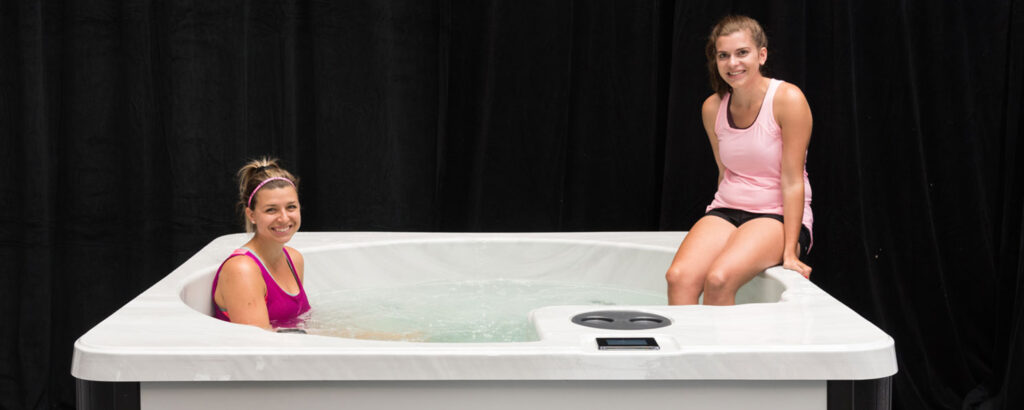Keeping Athletes Safe in the Summer Heat
As we have moved into August and are facing the fact that fall is quickly approaching, the remaining summer heat and humidity can still present challenges. These challenges, such as heat stroke, are especially apparent as athletes continue to develop and push their limits while preparing for their seasons. Training camps, practices and outdoor games have athletic trainers, coaches and medical staff all focused on keeping athletes healthy in these potentially dangerous weather conditions.

Here are a few tips to consider:
- Schedule early morning or evening practices
- Ease athletes into heat activities
- Schedule frequent breaks
- Stay hydrated
- Wear light clothing and limit heavy attire if possible
- Provide resting benches, tents, or recovery locations in the shade
- Make cooling fans available
- Portable cold plunges rapidly cool down an athlete and prevent heat related illnesses, injuries or death.
Heat stroke is the leading cause of sudden death during sporting activities. Individuals on the sidelines are visually monitoring and communicating with their athletes to avoid heat-related injuries, if possible. A few signs and symptoms that the medical staff are on the lookout for include:
- Headache and dizziness
- Racing pulse
- Nausea/vomiting/diarrhea
- Change in skin appearance and feel: Red, dry, cool and/or pale.
- Shallow breathing
- Confusion
- Muscle cramping
- Seizures
- Loss of consciousness
Deeper knowledge and new products are lending a helpful hand in keeping all participants safe, both on and off the field, during uncontrollable heat conditions. According to an article available on the US National Library of Medicine – National Institutes of Health website, “Exercise-induced increases in core body temperature could negatively impact performance and may lead to development of heat-related illnesses. The use of cooling techniques prior (pre-cooling), during (per-cooling) or directly after (post-cooling) exercise may limit the increase in core body temperature and therefore improve exercise performance.”
Additionally, The Sports Institute at the University of Washington has said:
“Cold water immersion up to the neck is the most effective cooling modality for patients with [exertional heat stroke],” according to recommendations from the National Athletic Trainers’ Association. Done properly, athletes can be brought to a safe body temperature within 15 minutes.
How cold is cold enough? Keep it within a range of 35-59 degrees F. Researchers from the Korey Stringer Institute report that a temperature of 50 degrees F works well; during 18 years of treating heat stroke with 50-degree baths at the Falmouth Road Race, they reported a 100% survival rate.
As spectators look to cheer you on to your next big win, we all, first and foremost, are rooting for safe and healthy training and a competitive season. To all the athletes, medical staff and coaches – we appreciate all your effort, knowledge, dedication and commitment. GO TEAM!
Looking to start or add to your existing aquatic therapy room? Our THRIVE Transportable Plunge is tremendously versatile. It can be set to run hot or cold, is construction-free, and can fit through a standard 36″ door (the unit measures 78.5″ wide by 78.5″ long).
Planning to build a new facility? Our in-ground plunges are designed to fit into existing facilities and accommodate additional stair and bench configurations.

